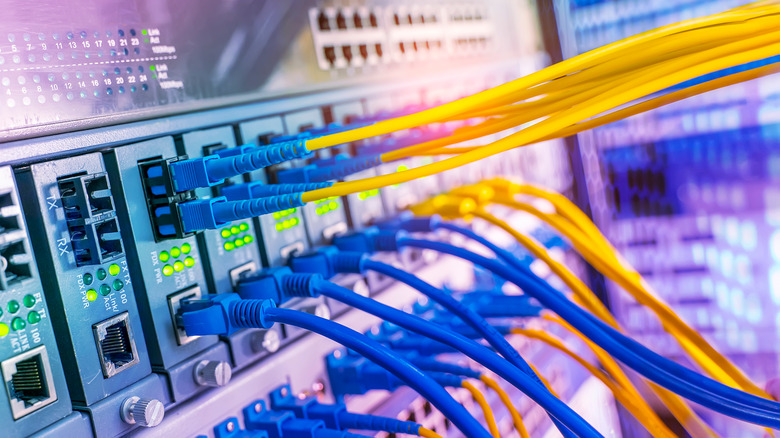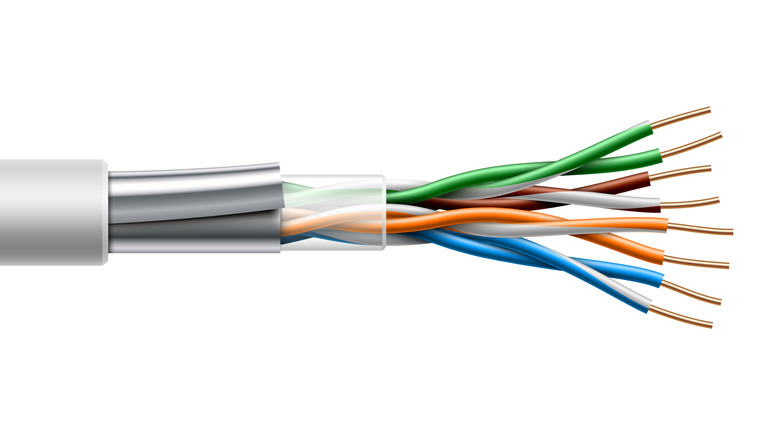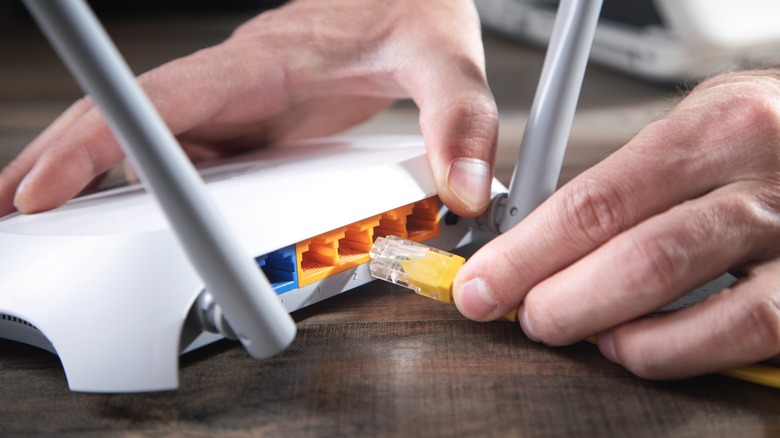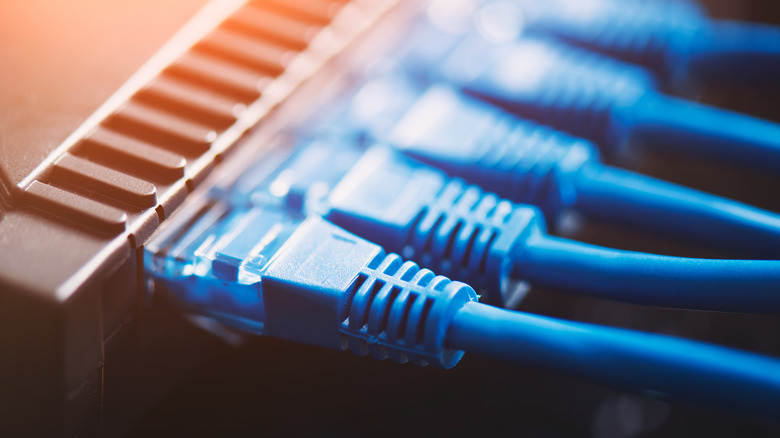How To Choose The Right Ethernet Cable Type For Your Computer
Purchasing an Ethernet cable for your wired network might not seem like the most exciting or glamorous task, but selecting the right one is crucial to extracting maximum performance from your Internet and local network connections. Coming into popularity during the mid-1990s, an Ethernet cable is an encased set of wires that allows data to travel.
Although wireless technologies like Wi-Fi are more convenient, Ethernet is faster and less vulnerable to disruptions. It also offers much stronger security than Wi-Fi because data on an Ethernet network can only be accessed by physically connecting a device to the network.
Ethernet cables are commonly used to connect your modem, router, computer, or other Internet-capable devices to carry broadband signals. But with an overwhelming number of options on the market, it can be tough to determine what type of Ethernet cable is right for your application. Using this guide, we'll help you figure out which one is best for your needs.
Types of Ethernet cables
While shopping for Ethernet cables, a common term you will run into is "Cat." Cat refers to the different categories that Ethernet cables are divided into by speed or other unique characteristics.
Category 5e: This cable superseded the original Cat 5 cable in 2001 and is the new minimum recognized cable for data networking applications. It's rated for up to 100 MHz frequencies and supports transmission speeds of up to 1 Gbps. It's available in both shielded and unshielded versions.
Category 6: Cat 6 raises the bandwidth limit to 250 MHz. Like Cat 5e, it supports transmission speeds of up to 1 Gbps. However, shorter runs (less than 180 feet) can support transmission speeds up to 10 Gbps. It too is available in both shielded and unshielded versions.
Category 6a: This cable is able to support bandwidth up to 500 MHz and speeds up to 10 Gbps, even at longer lengths, and is only available as a shielded cable.
Category 7: Even though this cable has impressive specifications, it never grew popular because it uses a unique GG45 connector instead of the standard RJ-45 connector seen on other cables. It also lacks approval from key ratings agencies which makes networking hardware developers hesitant to incorporate it.
Category 8: Cat 8 has a maximum speed of 25Gbps (Cat 8.1) or 40Gbps (Cat 8.2) at a maximum length of approximately 100 feet while supporting bandwidth up to 2 GHz. Only available as shielded cable.
All Ethernet cables use a twisted pair architecture to provide some degree of protection from electromagnetic interference (EMI) such as power lines, appliances, and radio waves. Shielded cables take EMI protection to the next level with a layer of foil and/or braided metal surrounding the conductors. Unshielded cabling is considered adequate for most homes and small businesses, but if the category you want is only available in shielded, it can't hurt.
You can't really overdo it
One of the most popular applications for Ethernet cables is a simple wired networking setup, connecting a router and a computer or gaming console. The first step to choosing the right Ethernet cable in this instance is to check the speed of your internet connection. Then, verify what speeds your router supports, which might be found on the back of the unit or by doing an internet search for the router's model number. If your router is limited to 1Gbps maximum, it could be considered overkill to buy a Cat-6 or faster cable since Cat-5e is perfectly suitable.
But if you're lucky enough to own a router that supports 10 Gbps networking and an internet connection to match, then you'll want to invest in Cat-6 or better to get the most out of your rig. All that said, the price difference between Cat-5e and Cat-6 cables can often be quite small, ranging around 10-20%. So, there's little harm in going overboard on your cable purchase, but be sure not to go in the opposite direction.
Another common situation is wiring an entire home or apartment, potentially in-wall, which is definitely something that you don't want to do twice in a short period of time. Although it's always a gamble how to best future-proof yourself, you'll likely want to run the fastest network cable you can afford. In other words, Cat-6a or even Cat-8 cable should be considered.
Quality matters
Conductors in Ethernet cables also determine the quality. The ones you'll want to seek out, are copper. Copper is a highly conductive material that's been used as an electrical conductor since the 1820s. For even less signal loss, you could opt for oxygen-free copper wire with purity levels up to 99.95%. However, the real-world difference between regular copper and oxygen-free copper is a case of diminishing returns and likely not worth the considerable extra expense.
What you'll most definitely want to avoid are bargain basement "copper clad" cables which is a fancy way of saying that a thin veneer of copper coating is applied over an aluminum wire, which can result in signal loss.
The speediest cable on the market is nothing without good quality terminations. Specifically, pay attention that the RJ-45's contacts are gold-plated. Gold oxidizes at a slower rate than most other metals, which will maintain a good connection for longer. The best quality cables will use a thicker gold plating that will withstand repeatedly being unplugged and reconnected. The thickness of the plating can often be found advertised on the box or online description, with 50 microns being the benchmark.



